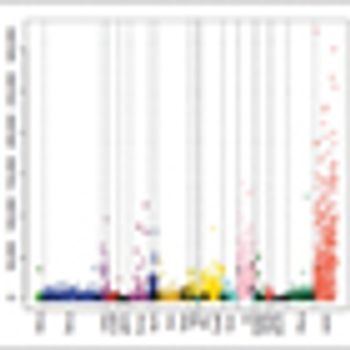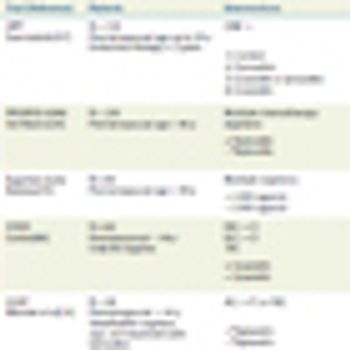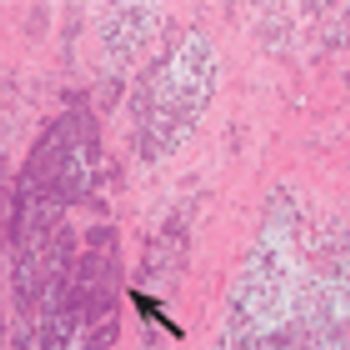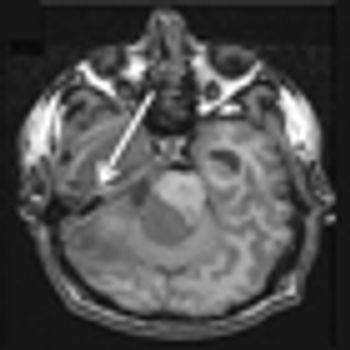
In our commentary, we will address ways to consider this research across the cancer continuum, with a focus on the cancer survivor, highlighting some of the challenges in interpreting the research evidence for translation into clinical practice and noting some research gaps.






